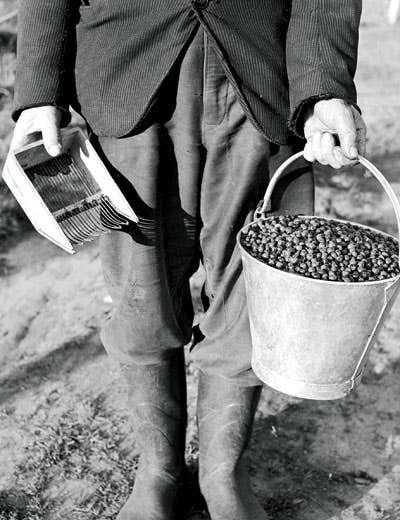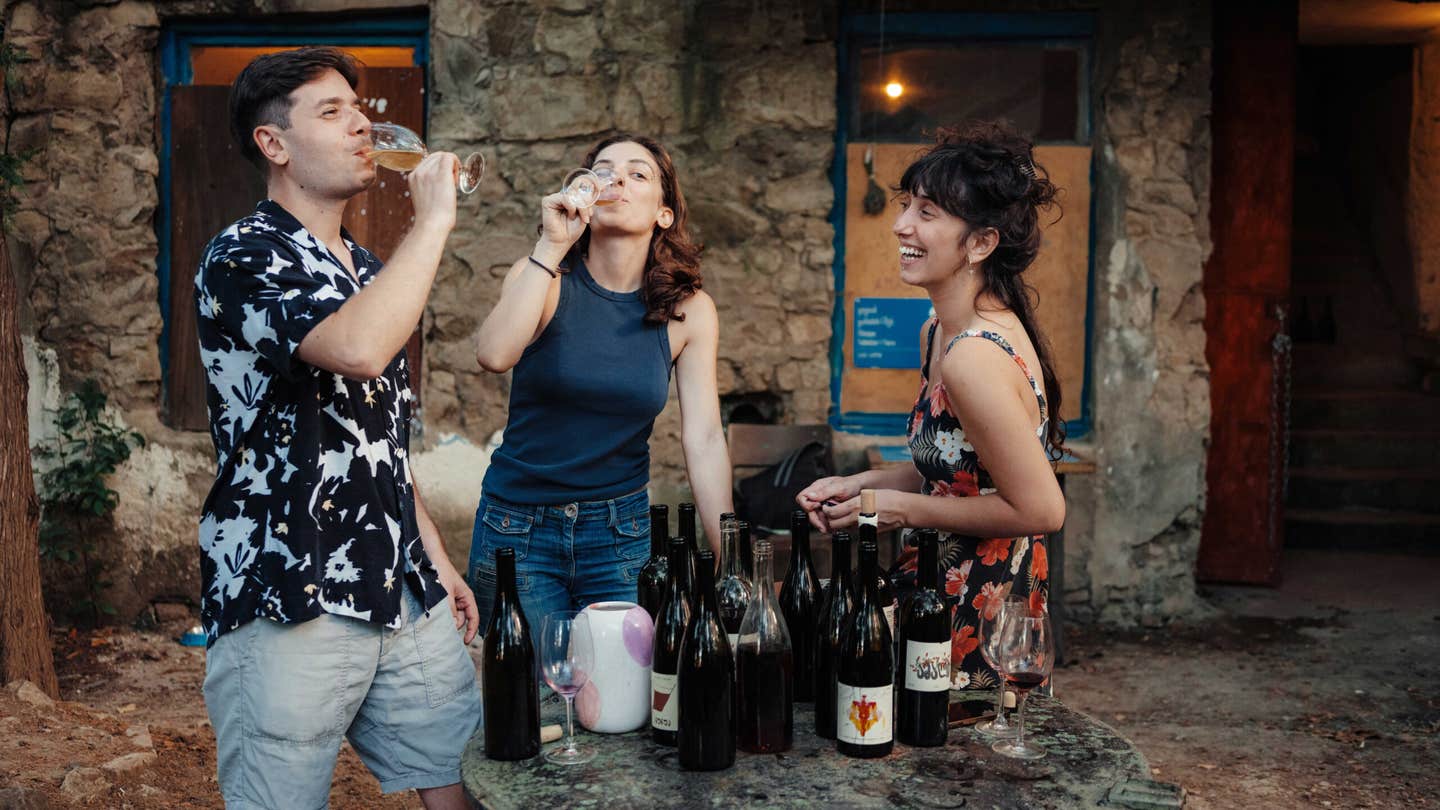
During my childhood in New Jersey in the 1950s, summer was canning time, when the kitchen in our home filled with steam as my mother and grandmother put up jar after jar of tomatoes and fruit jams. Before the work could begin, we traveled from our neighborhood to the farmers' market on the opposite side of Newark. Farmers arrived there late in the evening, after their work in the fields was finished, and we bought tomatoes by the bushel out of the backs of their trucks. The parking area was bordered by what we referred to as "the stores"—large open sheds where wholesalers sold to food markets. That was where we bought flats of berries. I always angled for blueberries; I favored their sharp-edged sweetness. Besides, I knew blueberries were likely to end up in a pie or cake, which offered more immediate gratification than jars of jam, no matter how delicious. Luckily, the berries were abundant throughout the summer, because New Jersey was their home state as well as mine.
Wild blueberries, which are found throughout eastern North America, grow close to the ground, making them difficult to harvest. Plus, many varieties are overly tart or lacking in flavor. The fat, sweet, modern fruit that is the pride of Jersey towns like Hammonton, the "Blueberry Capital of the World," was born in the Pine Barrens, the coastal forested plain in the south of the state, less than 100 years ago.
The crop was the brainchild of Elizabeth Coleman White. Born in 1871 to parents who grew cranberries, White was raised on what became a 3,000-acre plantation known as Whitesbog, about 30 miles north of Hammonton. Keeping up on farming trends through Department of Agriculture publications, she learned of the USDA botanist Frederick Coville's work in blueberry propagation. In 1911, at White's invitation, Coville moved his office to Whitesbog where, with the help of farmers who provided the best-tasting wild varieties, he developed the first generation of high-bush blueberries. In 1916 Coville and White brought their first crop to market.
By 1927, White had organized local farmers into the New Jersey Blueberry Cooperative Association. Her determination to domesticate the sweet-tart berries was a gift to those farmers, and to blueberry lovers like me. I think of her, and of those childhood summers, every time I bake a pie or a cake or a juicy slump full of the finger-staining fruit.
Keep Reading
Continue to Next Story










